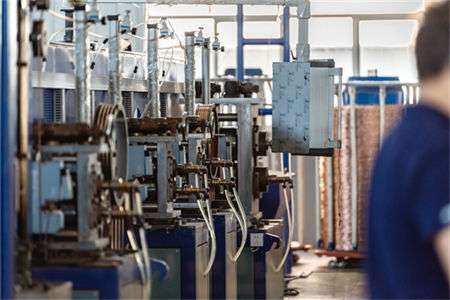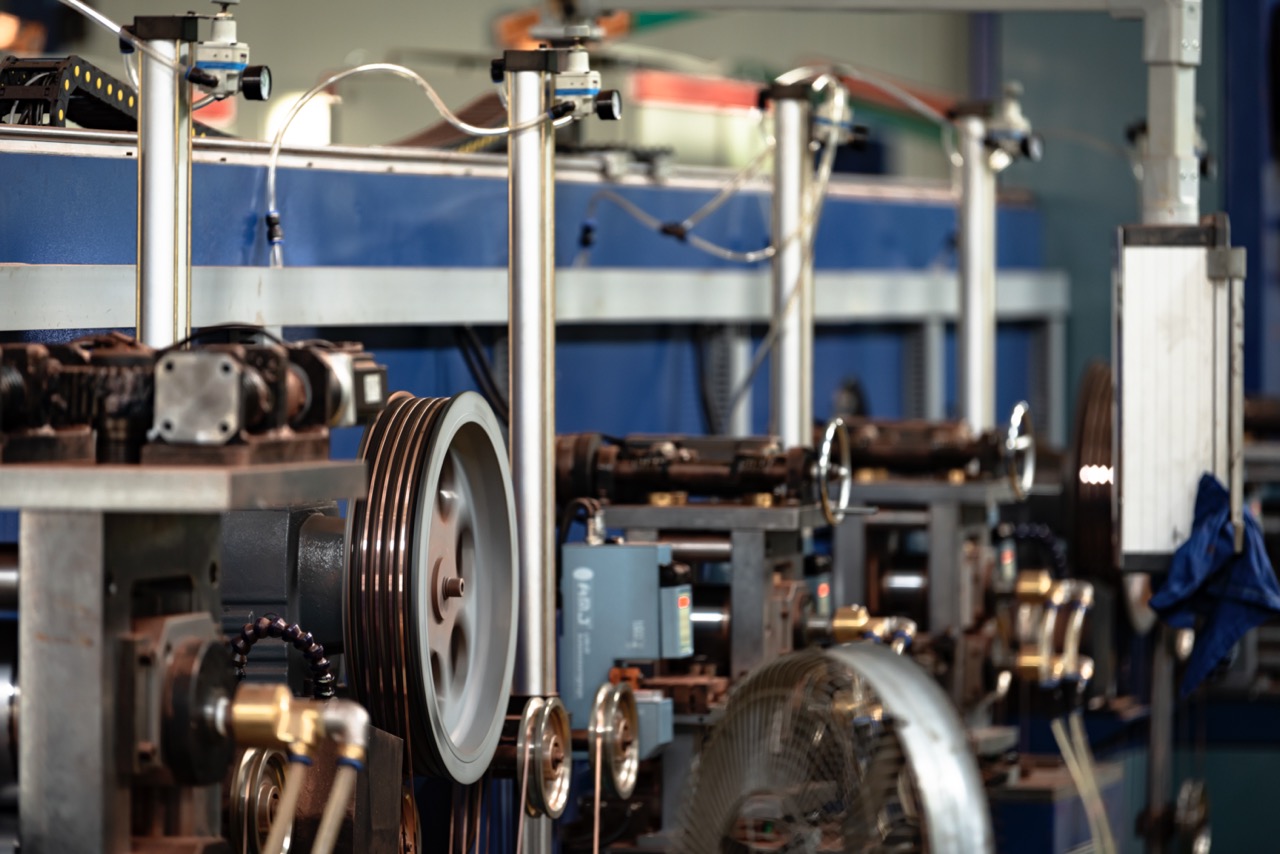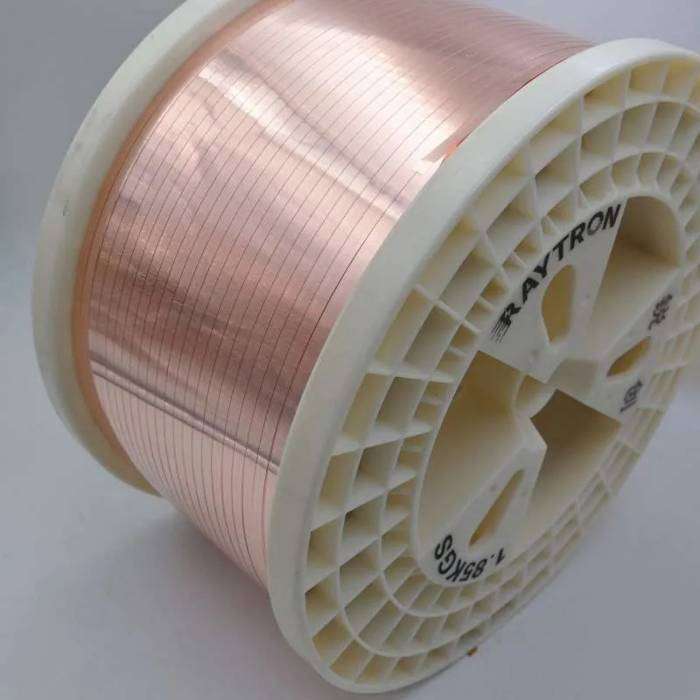The tensile strength, hardness and elongation of small-size copper strips are interrelated, and there is often a certain trade-off between the three in the processing and application of copper strips. Understanding the relationship between the three can help optimize the production process of copper strips and ensure that they meet the performance requirements of specific applications.
1. Tensile Strength
Tensile strength refers to the maximum stress that a material can withstand during the stretching process, that is, the maximum tensile force before the copper strip breaks. It is usually expressed as force per unit area (such as MPa). Tensile strength is one of the important mechanical properties of copper strips. Especially when subjected to large tensile force or external stress, the tensile strength directly determines whether the copper strip can remain intact.
2. Hardness
Hardness is the ability of a material to resist local plastic deformation, usually measured by indentation testing or scratch testing. In copper strips, hardness and tensile strength are strongly correlated: usually, copper strips with higher hardness also show higher tensile strength. This is because an increase in hardness is usually accompanied by a change in the lattice structure or organization within the material, resulting in an increase in the strength of the material.
3. Elongation
Elongation refers to the percentage of the length that a material can extend during stretching, and is a manifestation of the plasticity of the material. Elongation is a key indicator for measuring the toughness and plasticity of copper strips, reflecting the ability of copper strips to deform when subjected to tension. The higher the elongation, the longer the copper strip can extend before breaking, indicating that the material is more resilient and can better adapt to shape changes.

The relationship between them
Relationship between tensile strength and hardness:
Direct Relationship: Generally, the hardness of copper strip is directly proportional to its tensile strength. The higher the hardness, the higher the tensile strength of the copper strip. This is because the increase in hardness usually increases the strength by increasing the material's resistance to deformation. However, during the cold rolling or work hardening process, the increase in the hardness of the copper strip often also leads to an increase in tensile strength.
Limiting factors: However, too high a hardness may lead to brittleness and reduced ductility. Although over-work-hardened copper strips have high tensile strength, they may lack sufficient ductility and are prone to brittle fracture.
Relationship between tensile strength and elongation:
Opposition: There is a certain negative correlation between tensile strength and ductility. In the same material, when the tensile strength is high, the ductility is usually low; conversely, the copper strip with high ductility has low tensile strength. Improving tensile strength is usually achieved through work hardening or alloying (such as adding elements such as aluminum and zinc), which will reduce the plasticity and ductility of the copper strip.
Balance between plasticity and toughness: For the production of copper strips, it is usually necessary to find a balance between tensile strength and elongation. Too high tensile strength may make the material difficult to extend during the stretching process, while copper strips with good elongation can deform to a greater extent, but their tensile strength may be low, so they are not suitable for bearing excessive tension.
Relationship between hardness and ductility:
Mutual constraints: In the production process of copper strips, the increase in hardness is usually accompanied by a decrease in ductility. Copper strips with high hardness are less likely to deform when resisting external forces, but this increase in hardness often means a decrease in the ductility of the copper strip. During the processing, by controlling processes such as cold rolling and annealing, the hardness and ductility can be balanced to achieve the best mechanical properties.
Summarize:
Tensile strength and hardness are generally positively correlated, but over-hardening may result in increased brittleness and reduced ductility of the copper strip.
Tensile strength and elongation are usually negatively correlated. Increasing tensile strength may lead to reduced elongation, but copper strips with higher elongation are more plastic and tough.
There is a mutually restrictive relationship between hardness and ductility. Increasing hardness tends to reduce ductility, and vice versa.
Therefore, when producing small-sized copper strips, manufacturers need to adjust the processing technology according to specific application requirements (such as conductivity requirements, load-bearing capacity, flexibility, etc.) to find a suitable balance between tensile strength, hardness and elongation to meet the needs of end users.

